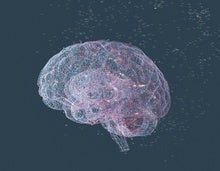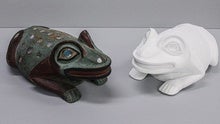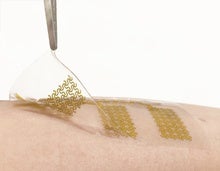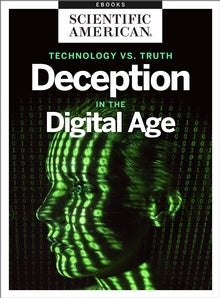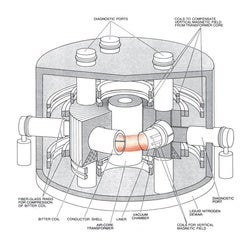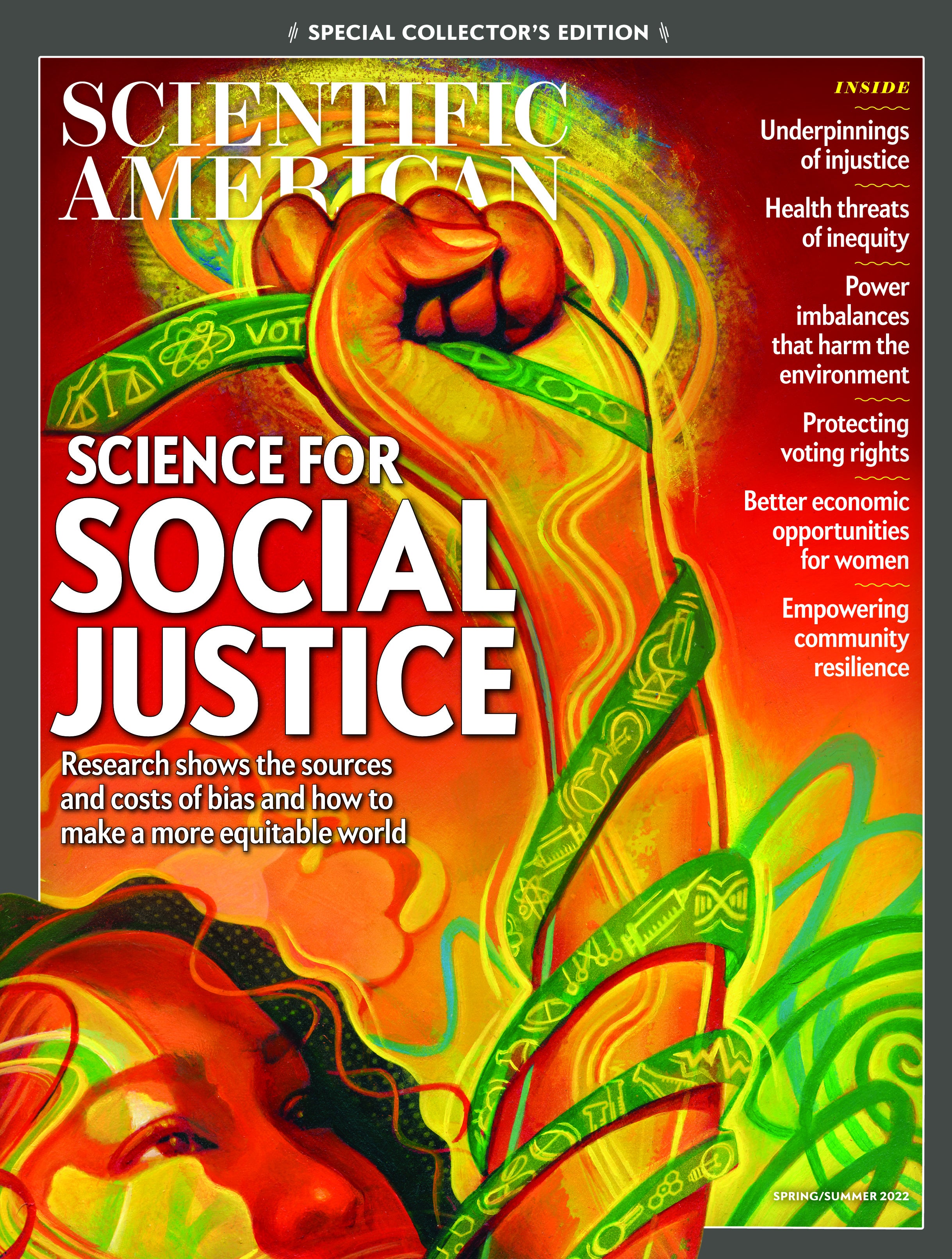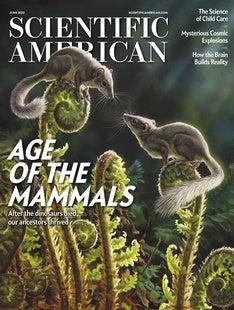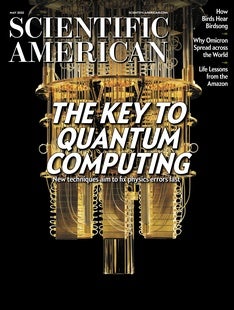 |
| July 12, 2022 |
Dear Reader,
Your body needs its cilia. The microscopic hair-like structures clear your lungs, lubricate your brain and drain your mucus, among other vital tasks. Now researchers are replicating them in order to exert precise control over tiny amounts of fluids. Their goal: create cheap, portable diagnostic devices that perform a chemistry lab's worth of tests on a single centimeter-wide chip. |
| | Sophie Bushwick, Associate Editor, Technology
| |
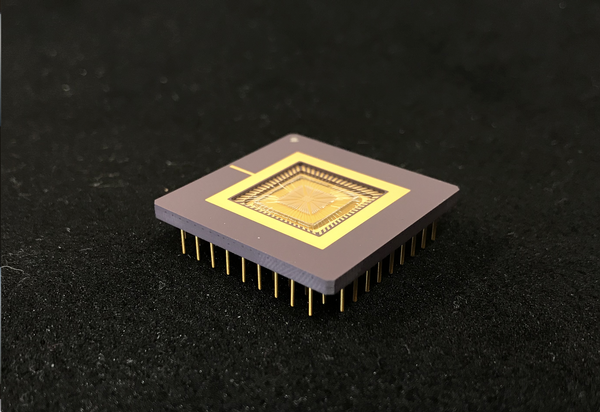 |
| |
| Animals The Quest for a 'Tick Map' Scientists scramble to forecast where and when the disease-carrying arthropods pose the most danger | | | | |
| |
| |
| |
| |
| |
| |
| Artificial Intelligence Who Is Liable when AI Kills? We need to change rules and institutions while still promoting innovation to protect people from faulty AI | | By George Maliha,Ravi B. Parikh | | | |
FROM THE STORE
 | | Technology vs. Truth: Deception in the Digital Age In the digital age, information, both true and false, spreads faster than ever. The same technology that provides access to data across the globe can abet the warping of truth and normalization of lies. In this eBook, we examine the intersection of truth, untruth and technology, including how social media manipulates behavior, technologies such as deepfakes that spread misinformation, the bias inherent in algorithms and more. |  | | |
| |
FROM THE ARCHIVE
 | | | |
LATEST ISSUES
 |
| |
| Questions? Comments?  | |
| Download the Scientific American App |
| |
| |




